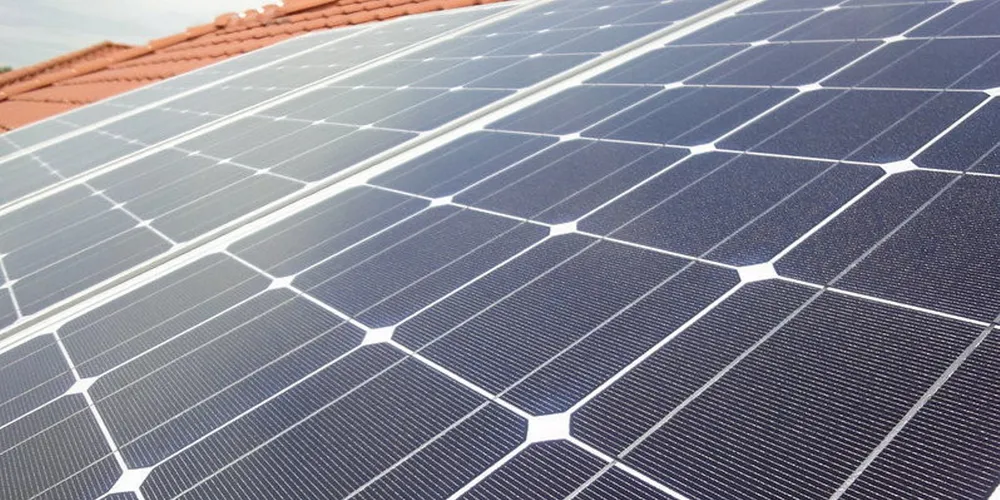US sees record Q1 renewables build but clean power faces 'many hurdles' to growth: ACP
History-making battery storage additions and 3GW of new solar offsets slight slip in wind farm installations compares to same period in 2021, says new industry body report
